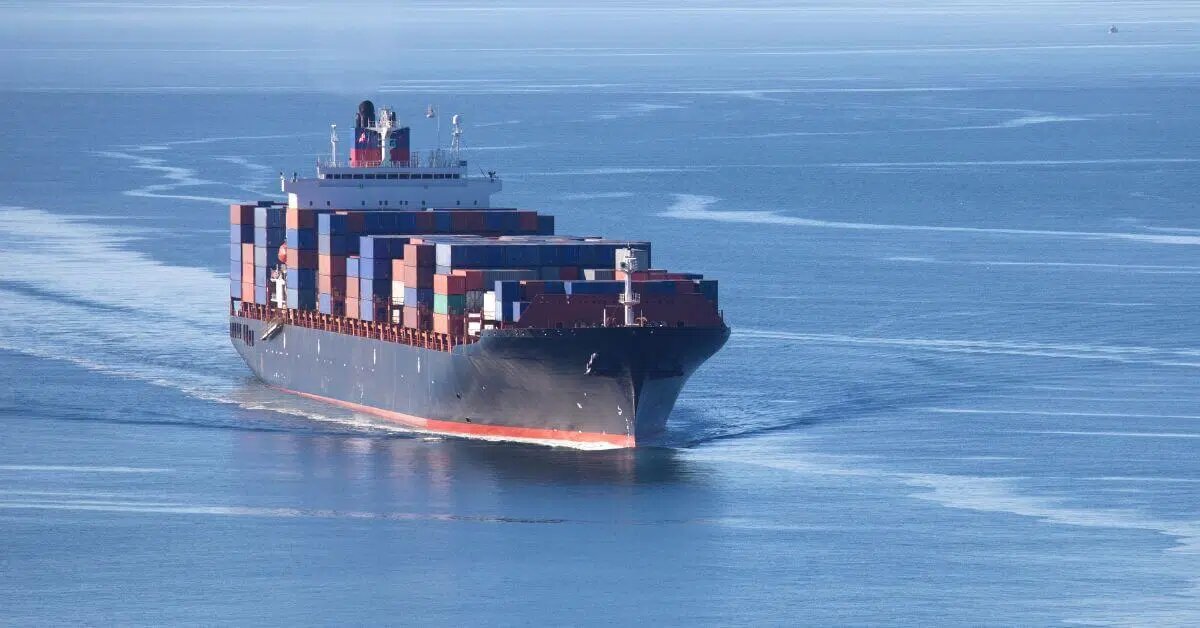India’s shipbuilding ambitions reflect a calculated geopolitical strategy rather than mere industrial expansion.
Select a CN Premium Subscription Package To Unlock The Content!
Currently holding less than 1% of global market share and ranking 16th globally, India is positioning itself as a critical node in an emerging maritime alliance designed to contain Chinese shipbuilding dominance.
According to S&P Global, India’s focus on small to medium-sized and specialized vessels represents shrewd strategic positioning. Rather than directly challenging China’s economies of scale in large container ships and bulk carriers, India is carving a niche where technical expertise and customization matter more than raw production volume.
This approach leverages India’s established capabilities while avoiding frontal competition with China’s massive state-subsidized infrastructure.
Specialized vessels, including offshore support ships, coastal vessels, research ships, and niche commercial craft, require different competencies than mass-produced standard tonnage.
These segments demand engineering flexibility, specialized know-how, and closer client collaboration areas where India can compete effectively without matching China’s industrial scale.
The July 2025 strategic shipbuilding alliance between South Korea and India signals deeper coordination within this emerging axis.
For Korean and Japanese shipbuilders facing intense price pressure from Chinese competitors, India offers both manufacturing capacity and market access. This partnership enables technology transfer, particularly Korean expertise in high-value specialized construction, while providing Seoul and Tokyo an alternative production platform outside China’s sphere.
This triangular configuration serves multiple purposes. South Korea contributes advanced technical capabilities and design expertise. Japan brings precision engineering and quality standards. India provides cost-competitive manufacturing, strategic geographic positioning on critical shipping routes, and a large domestic market. Together, they create a commercially viable alternative to Chinese shipyards.
The US backing, channeled through commercial entities like CMA CGM and major shippers such as Maersk and MSC, reveals the geopolitical architecture behind India’s ambitions.
Washington seeks to diversify global shipbuilding capacity away from Chinese concentration, viewing maritime industrial capability as strategic infrastructure.
India’s 1,000-vessel target over the next decade, supported by the 250 billion rupee Maritime Development Fund, reflects this externally encouraged expansion.
China’s vertically integrated maritime ecosystem spanning shipbuilding, shipping lines, port operations, and steel production creates systemic dependencies that concern Western strategists.
By strengthening India’s capabilities, particularly in specialized segments, the US aims to create competitive pressure points that limit China’s pricing power and market control.
India’s geographic position on major east-west and north-south trade routes provides natural advantages for serving regional markets and repair operations.
The planned eight maritime clusters will create concentrated centers of expertise, mimicking successful models in Korea and China but focused on India’s specialized vessel niche.
The revised Shipbuilding Financial Assistance Policy addresses cost competitiveness directly, acknowledging that Indian yards need support to match subsidized Chinese and Korean facilities. This pragmatic approach recognizes that commercial viability requires leveling competitive conditions.
Current developments suggest India’s shipbuilding expansion is converging with broader Indo-Pacific realignment.
The specialized vessel focus allows rapid capability building without requiring decades-long investment in mega-yard infrastructure. Korean technical partnerships accelerate this timeline, while Japanese quality standards enhance market credibility.
This strategy creates a commercially sustainable alternative to Chinese dominance in specific segments while supporting geopolitical objectives of supply chain diversification.
Success hinges on execution whether India can translate financial commitments and strategic partnerships into operational shipyards delivering competitive vessels. The specialized focus provides a realistic pathway, but China’s entrenched advantages in scale, subsidies, and integrated ecosystems remain formidable obstacles.
/ihc-hide-content]
The post Behind India’s strategic shipbuilding transition appeared first on Container News.





